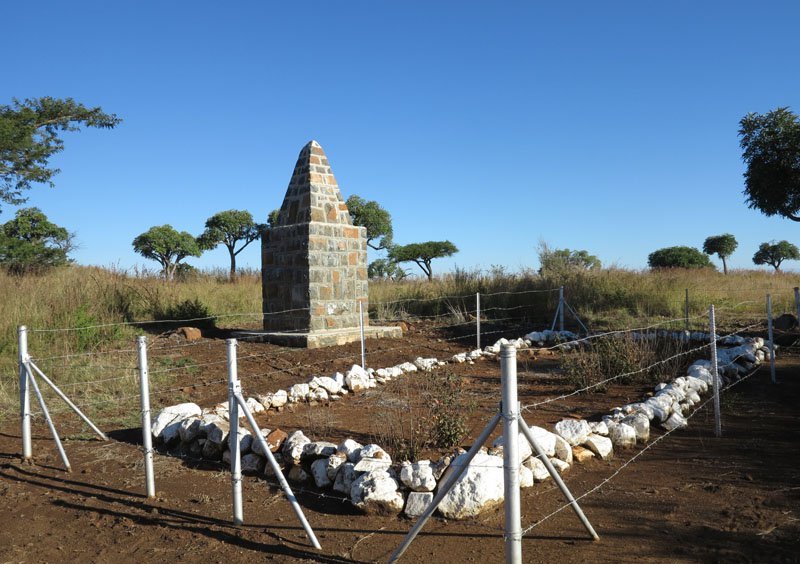With Brigadier-General Yule and his Dundee forces now safely in Ladysmith, and the build up of Boer forces on Pepworth Hill, Long Hill and Bulwana Mountain, General White decided to mount an attack on the Boers.
Lieutenant Colonel Carleton was to make a night march to Nicolson’s Nek. Before reaching Nicholson’s Nek, Carleton decided to occupy Tchrengula Hill which was immediately on his left.
The night was moonless and in the dark a rock was dislodged which caused a minor rock fall. This in turn cased a general panic. Carleton found himself in a situation where his pack horses, which were carrying ammunition, artillery and shells were now bolting back to Ladysmith. In the darkness the British troops took what cover they could.
When daylight broke Carleton’s forces were faced with the prospect of being surrounded by other hills, far taller than the one they occupied.
The Boers in the area, on hearing the noises the night before had gathered in these hills, and in the breaking daylight saw Tchrengula Hill occupied by British forces. Unbeknown to the Boers, the British only had the ammunition that was in their pouches. Carleton was also unable to signal for help as his heliograph was on one of the mules that had bolted.
During the day the Gloucester Regiment took the brunt of the attack and suffered heavy casualties. At noon their Captain raised the white flag. Carleton followed suite and surrendered with 35 other Officers and over 900 men. British casualties were 38 killed, with over 100 wounded.


